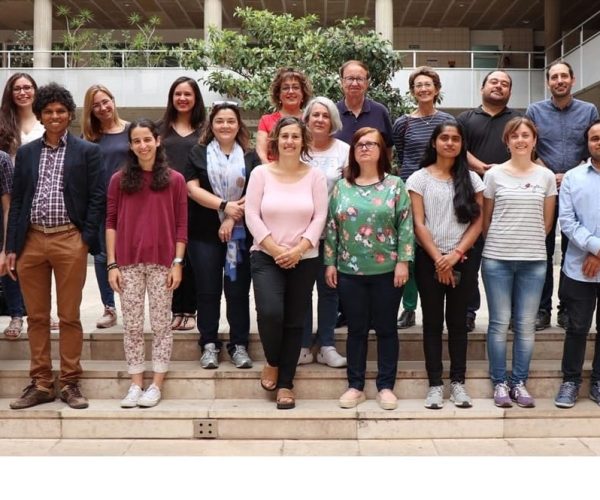The TECNATOX research group participates in a European project to study the impact of endocrine disruptors on reproductive health
It will develop a computer model to predict the risk of these pollutants in a person’s reproductive health. This model will over time contribute to carry out this type of studies without animals.
A European study involving researchers from the IISPV-CERCA-URV will investigate the impact of chemical substances called endocrine disruptors (EDCs) on the reproductive health of men and women. The study, called MERLON, aims to identify which of these chemicals, specifically, affect fertility, in addition to learning about the cellular mechanisms that take place when the function of a part of our body is altered as a result of accumulation of these components. Endocrine disruptors can block hormone receptors in cells preventing the normal action of hormones and thus causing disruption (alteration) of the endocrine system.
Within the MERLON project, the research group of the Environmental, Food and Toxicological Technology Center (TECNATOX) of the IISPV-CERCA-URV will be responsible for developing what are known as predictive models, which can be understood as algorithms or computer patterns based on information about biochemical interactions and biological mechanisms, taken from the study of animals and humans. These models will be used to predict the risks that these pollutants can represent for a person’s reproductive health. Establishing these predictive models as a basis for predicting these risks will help to decrease, little by little, the use of animals in this type of studies. This is precisely one of the challenges currently facing the European Union; it has established it as one of the priorities for the coming years in the field of research.
MERLON study (it has been funded by the European Union within the framework of the Horizon Europe programme) is coordinated by the Danmarks Tekniske Universitet (Denmark). The following institucions are involved in it as partners: Stichting Vu and Rijksinstituut Voor Volksgezondheid En Milieu (Netherlands); Karolinska Institutet (Sweden); Institut National de la Santé et de la Recherche (France); Region Hovedstaden (Denmark); Universite de Liege and Health and Environment Alliance (Belgium); the University of Córdoba (Spain); and the Norsk Institutt for Vannforskning (Norway).
These chemicals are found in many everyday products: in food packaging materials, in non-stick cookware, in substances added in the manufacture of furniture, plastics, textiles and electronic equipment (they make them less flammable), etc.




